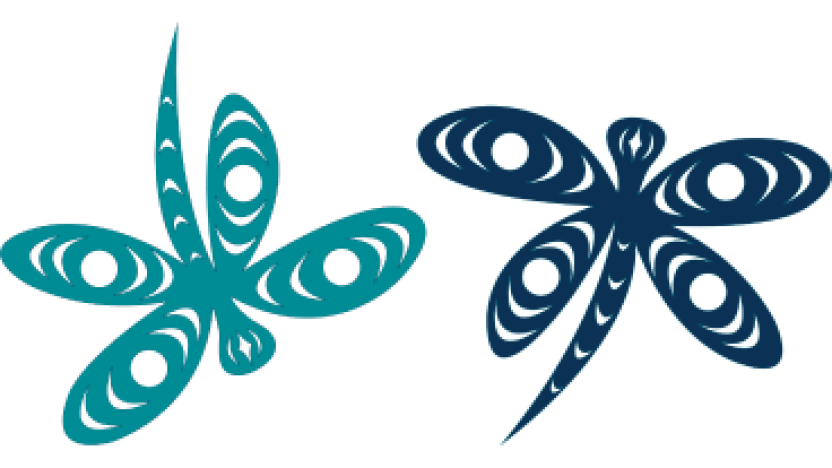What is the Gorge Waterway Initiative?
The Gorge Waterway Initiative (GWI) is a collaborative, community-driven group of organizations that aims to protect and enhance the natural and cultural features of the Gorge Waterway, Portage Inlet and the surrounding watersheds. The geographical focus spans many watersheds including Colquitz River, Craigflower Creek, Cecelia Creek, Gorge Creek and Hospital Creek, over four municipalities: Victoria, Saanich, Esquimalt and View Royal.
Biodiversity of the Gorge Waterway and Portage Inlet
The Gorge Waterway and Portage Inlet have many valued habitats that support the rich biodiversity of the area:
- Eelgrass provide sheltered habitat for fish such as juvenile Pacific salmon and cutthroat trout.
- Kelp beds provides important habitat and/or a food source for fish and marine invertebrates.
- Oyster beds help filter water of sediment and organic matter and provide food for many invertebrate and bird species.
- Intertidal mudflats and salt marshes provide refuge for invertebrates such as clams, snails, worms and crustaceans
For more information about the valued habitats found in the Gorge Waterway and Portage Inlet, check out the CRD's Harbours page.
Many species of wildlife are seen regularly in the Gorge Waterway and Portage Inlet, including harbour seals, river otters, raccoons, the occasional mink and many birds. The whole inlet provides important habitat and feeding grounds for thousands of birds and is part of the Victoria Harbour Migratory Bird Sanctuary [PDF/3.7MB], which celebrated its 100th anniversary in 2023.
The native Olympia Oyster (Ostrea lurida), a species at risk, is an important species found in the Gorge and Portage Inlet. Historically, this oyster was an important food source for First Nations and early European settlers in the region. Oysters are filter feeders that help to clear the water of sediment and organic matter, and provide an important food source for other invertebrates, birds and other wildlife.
Pacific herring once spawned regularly in the upper Gorge, primarily in the eelgrass beds. This has not been observed since the 1970s, but schools of herring still enter the Gorge annually. People often jig for herring from the Craigflower Bridge and Selkirk Trestle in the early spring.
Spawning populations of coho and chum salmon as well as cutthroat trout occur in Craigflower and Colquitz creeks, both of which flow into Portage Inlet. Although the runs are much reduced from historic times, there are ongoing efforts to restore these populations. Juvenile fish of many species shelter in the abundant eelgrass beds in the Gorge and Portage Inlet.
Rocky subtidal benthic communities are groups of plants and animals that inhabit rocky areas of the ocean floor in the subtidal zone. They include aggregations of sedentary sponges, tunicates, bryozoans and cnidarians (e.g. anemones). Mussels, sea urchins, gastropods (e.g. snails and limpets), and crabs are also common. Some of the largest such communities in the CRD harbours thrive in the high current areas of Gorge, where tidal currents sweep through with a steady supply of food (e.g. plankton, detritus) and oxygen.
Check out the Gorge Waterway's iNaturalist listing to learn more about this area's amazing biodiversity.
Projects & Outreach
Help Protect the Waterway
You can help protect these sensitive ecosystems by:







